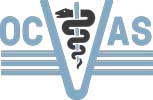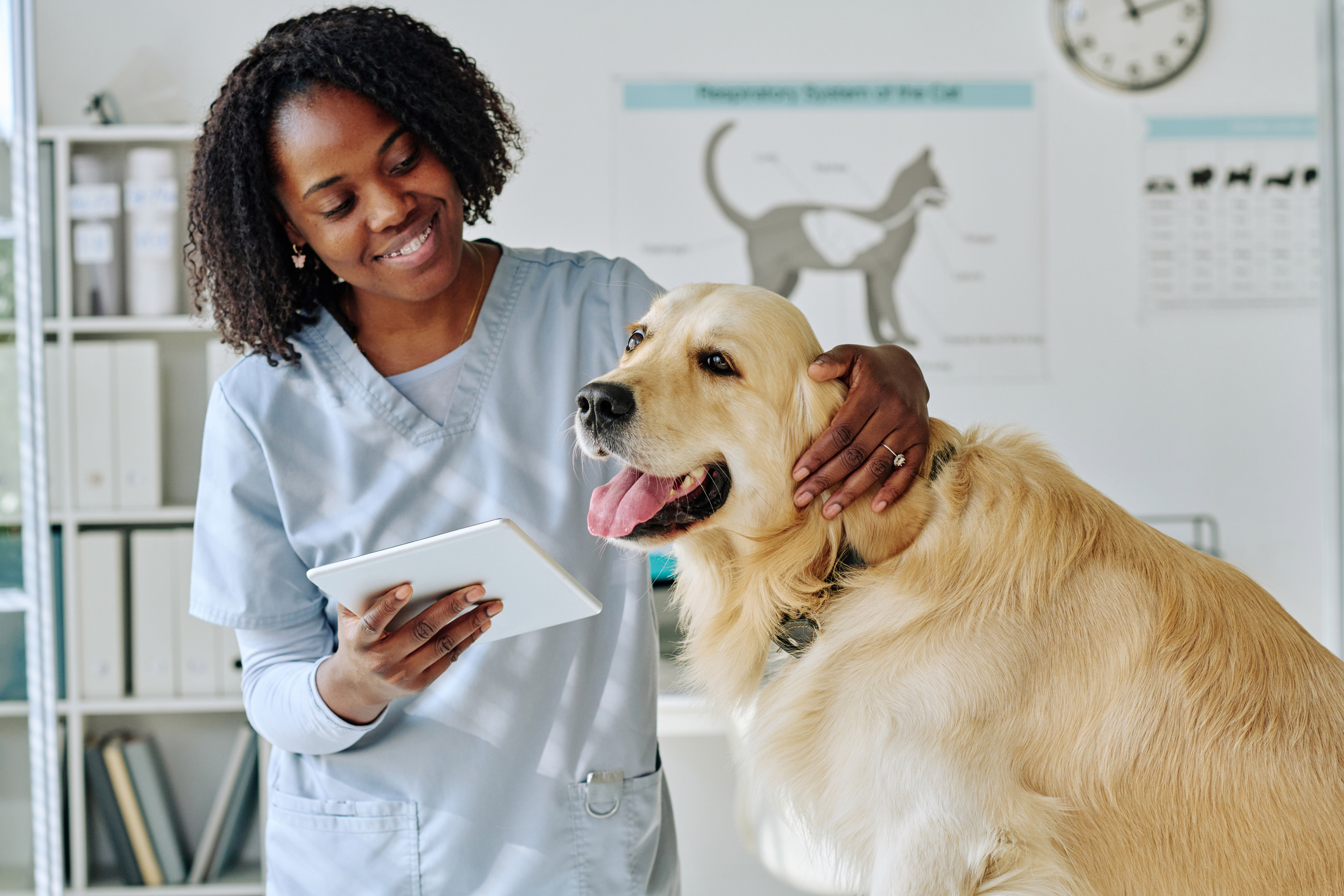Veterinary education has evolved significantly over the years, with hands-on learning becoming a cornerstone of developing competent veterinarians. The integration of practical skills and experiential learning into veterinary medical education is crucial for veterinary students to thrive in their future careers. This blog post will explore the myriad benefits of hands-on learning in veterinary education, highlighting its impact on learners, clinicians, and the overall veterinary field.
Enhancing Competency through Practical Skills
One of the primary benefits of hands-on learning in veterinary medicine is the development of practical skills. From the first year of veterinary school, students engage in various hands-on experiences that build their clinical skills. These learning opportunities are vital for competency, enabling students to handle real-life situations effectively. Whether dealing with small animals or large animals, veterinary students must gain confidence and proficiency in their practical skills.
Real-Life Learning Experiences
Hands-on learning provides veterinary students with real-life learning experiences that are indispensable for their education. In a college of veterinary medicine, students participate in clinical rotations, simulations, and primary care settings that mimic real-life clinical cases. These experiences prepare students for the challenges they will face as practicing veterinarians. By engaging in clinical training, students enhance their problem-solving and decision-making abilities, which are critical for animal care and healthcare delivery.
Bridging the Gap between Theory and Practice
The gap between theoretical knowledge and practical application can be vast. Hands-on learning bridges this gap by allowing veterinary students to apply their theoretical understanding in practical settings. This approach fosters a deeper understanding of veterinary medicine and helps students retain knowledge more effectively. Faculty members play a crucial role in mentoring students, providing guidance, and ensuring that learning outcomes are achieved.
Developing Clinical Skills through Experiential Learning
Experiential learning is at the heart of veterinary medical education. Through hands-on learning, students develop essential clinical skills that are fundamental to their success as veterinarians. The learning environment in veterinary schools, including teaching hospitals and clinical rotations, provides students with the necessary tools to hone their skills. Third-year and fourth-year students, in particular, benefit from these immersive learning experiences, which prepare them for day-one readiness in their veterinary careers.
Fostering Teamwork and Collaboration
Hands-on learning also promotes teamwork and collaboration among veterinary students. Working in clinical settings and participating in group learning experiences encourage students to develop strong communication and interpersonal skills. These competencies are essential for effective collaboration with colleagues and other healthcare professionals in the field.
Preparing for Future Careers
Hands-on learning in veterinary education prepares students for their future careers by providing them with a solid foundation in practical skills and clinical education. As students progress through their veterinary school journey, they become more adept at handling complex clinical cases and making informed decisions. This preparation is crucial for their success as veterinarians, whether they pursue careers in companion animal care, large animal practice, or other specialized areas of veterinary medicine.
Embracing Evidence-Based Learning
Incorporating evidence-based learning into hands-on education ensures that veterinary students are equipped with the latest knowledge and techniques. Access to resources like PubMed and Google Scholar allows students to stay updated on current research and advancements in veterinary medicine. This evidence-based approach enhances the quality of education and promotes continuous learning and improvement.
Conclusion
Hands-on learning is an integral component of veterinary education, offering numerous benefits to veterinary students, clinicians, and the field of veterinary medicine. By providing practical skills, real-life learning experiences, and opportunities for teamwork and collaboration, hands-on learning prepares students for successful careers in veterinary medicine. As the field continues to evolve, the emphasis on experiential learning and evidence-based practices will ensure that future veterinarians are well-equipped to provide the highest standard of animal care.
By integrating hands-on learning into their curriculum, colleges of veterinary medicine can continue to produce competent and confident veterinarians ready to make a positive impact on animal health and healthcare.

